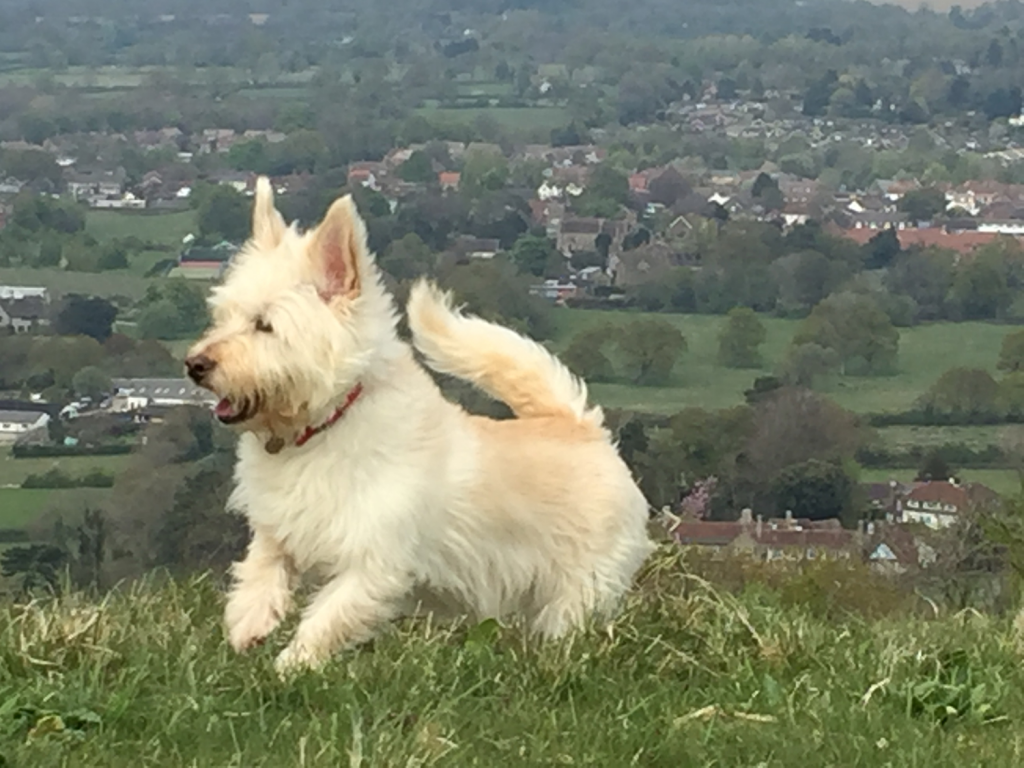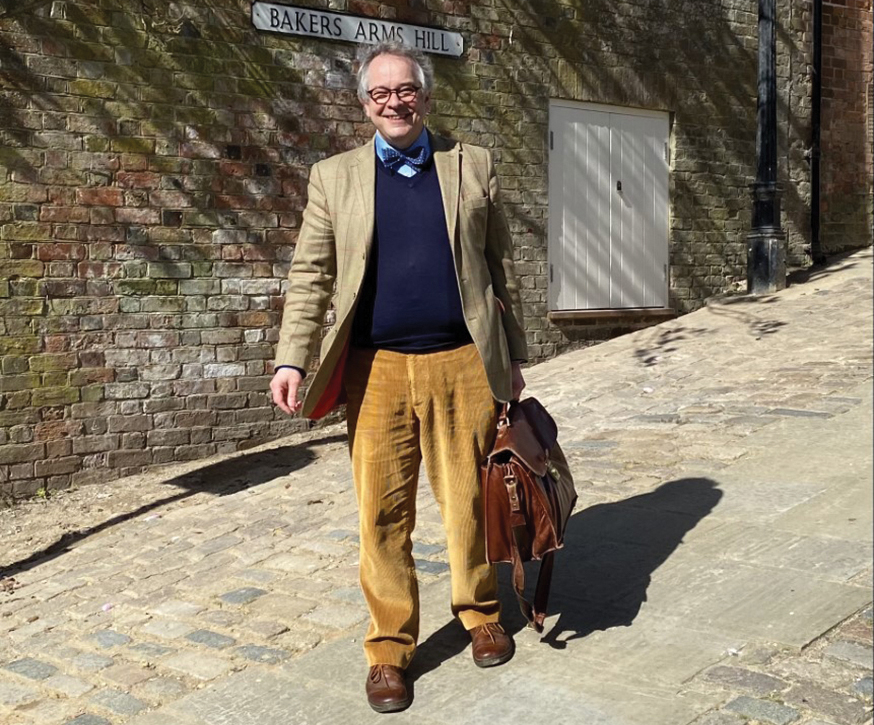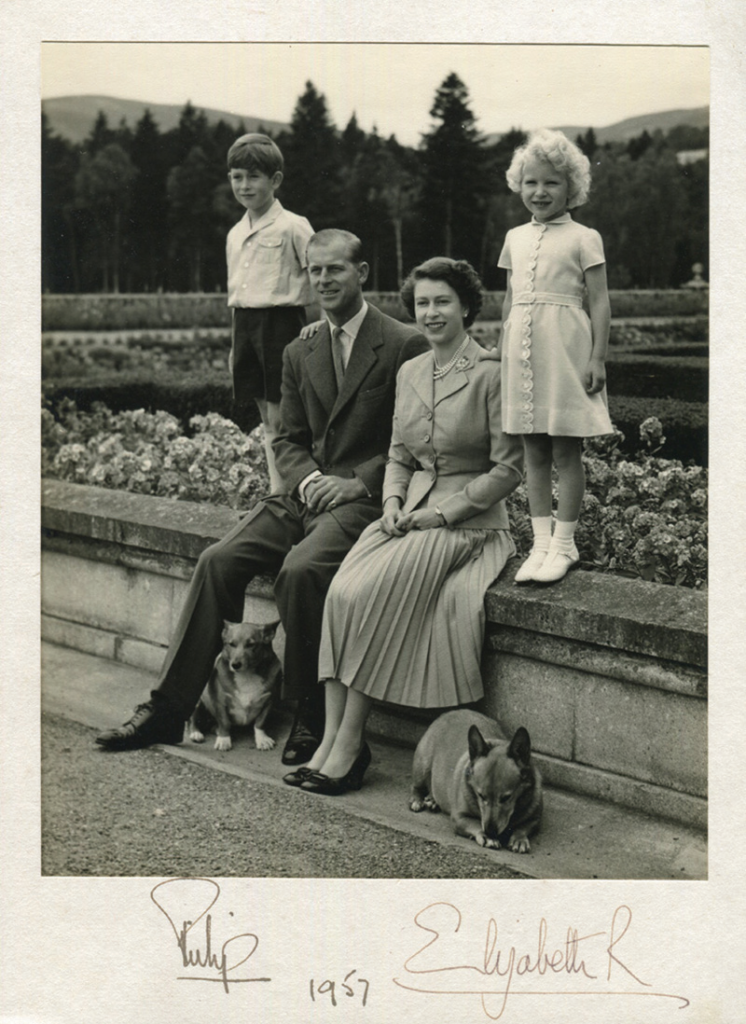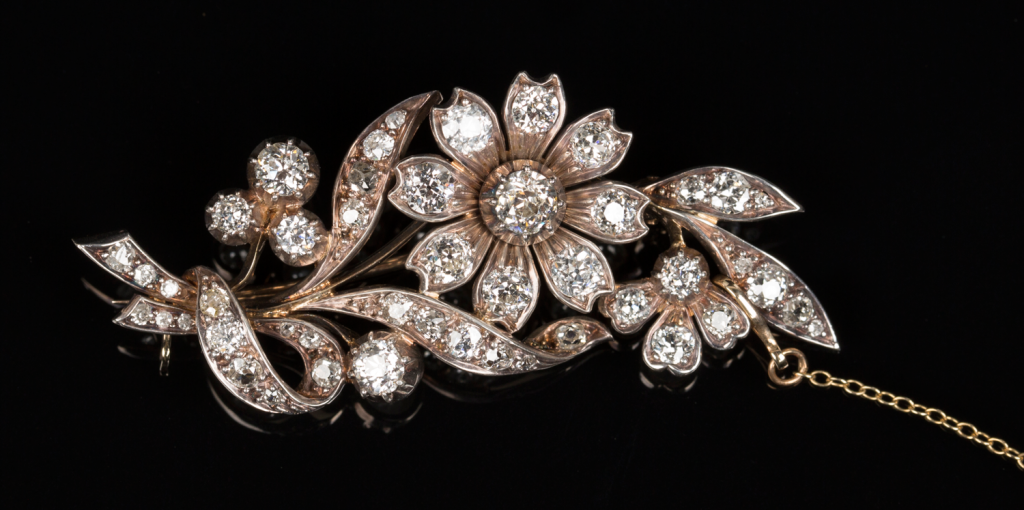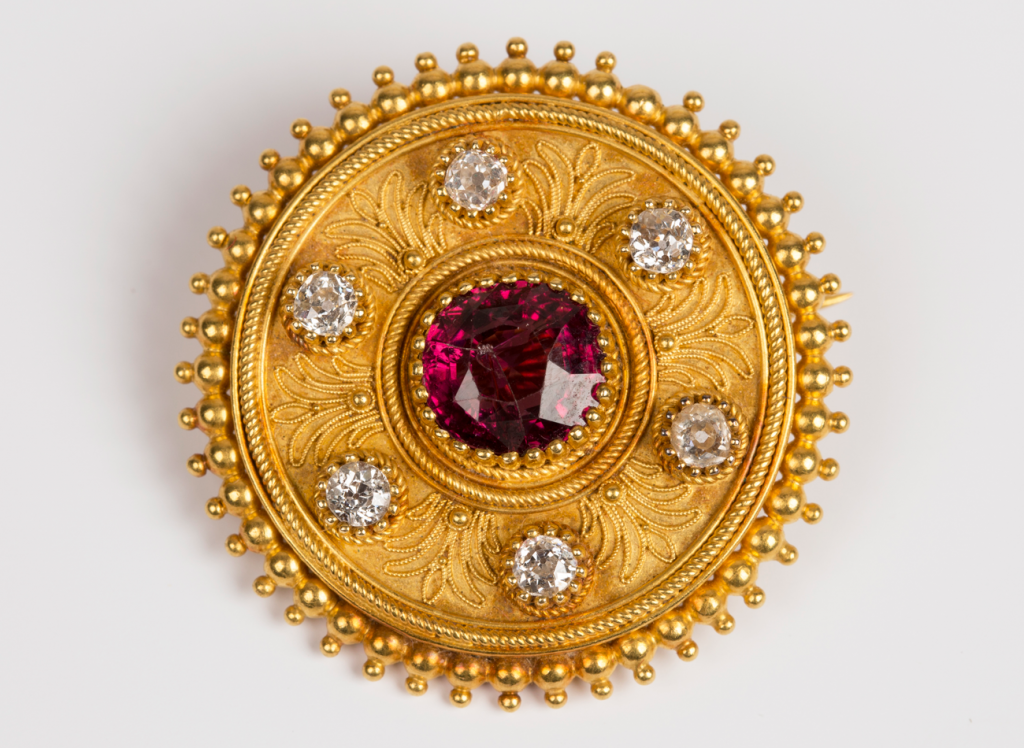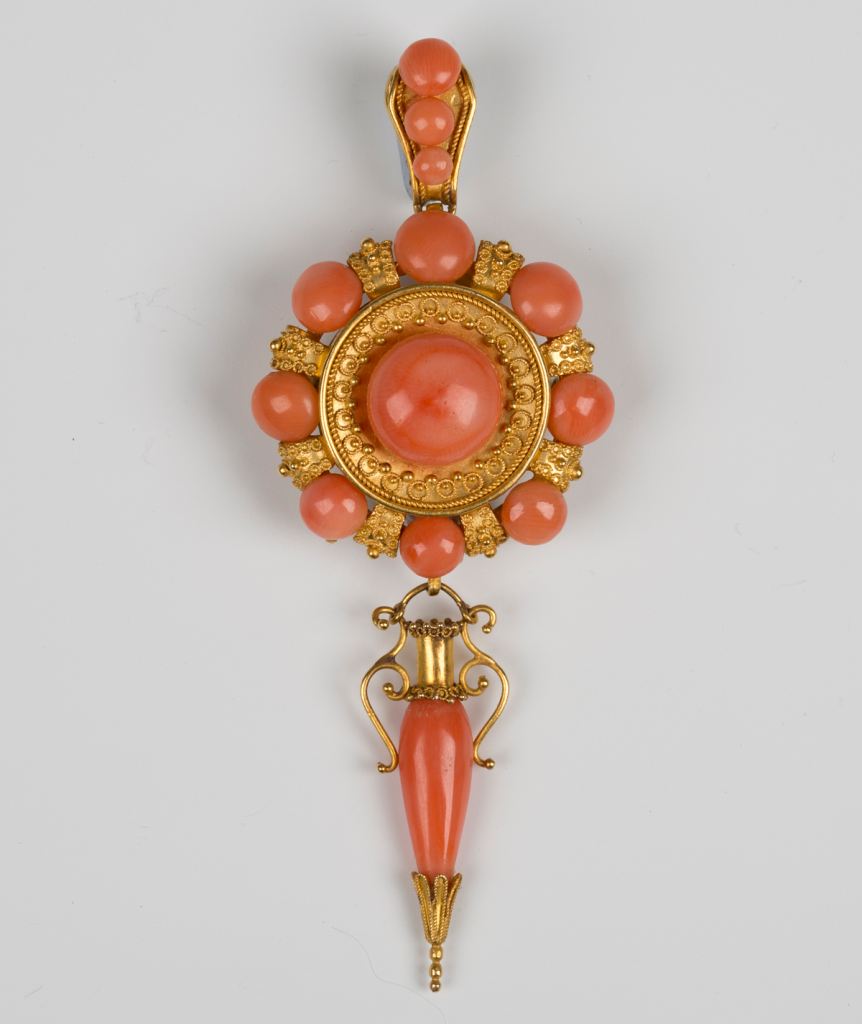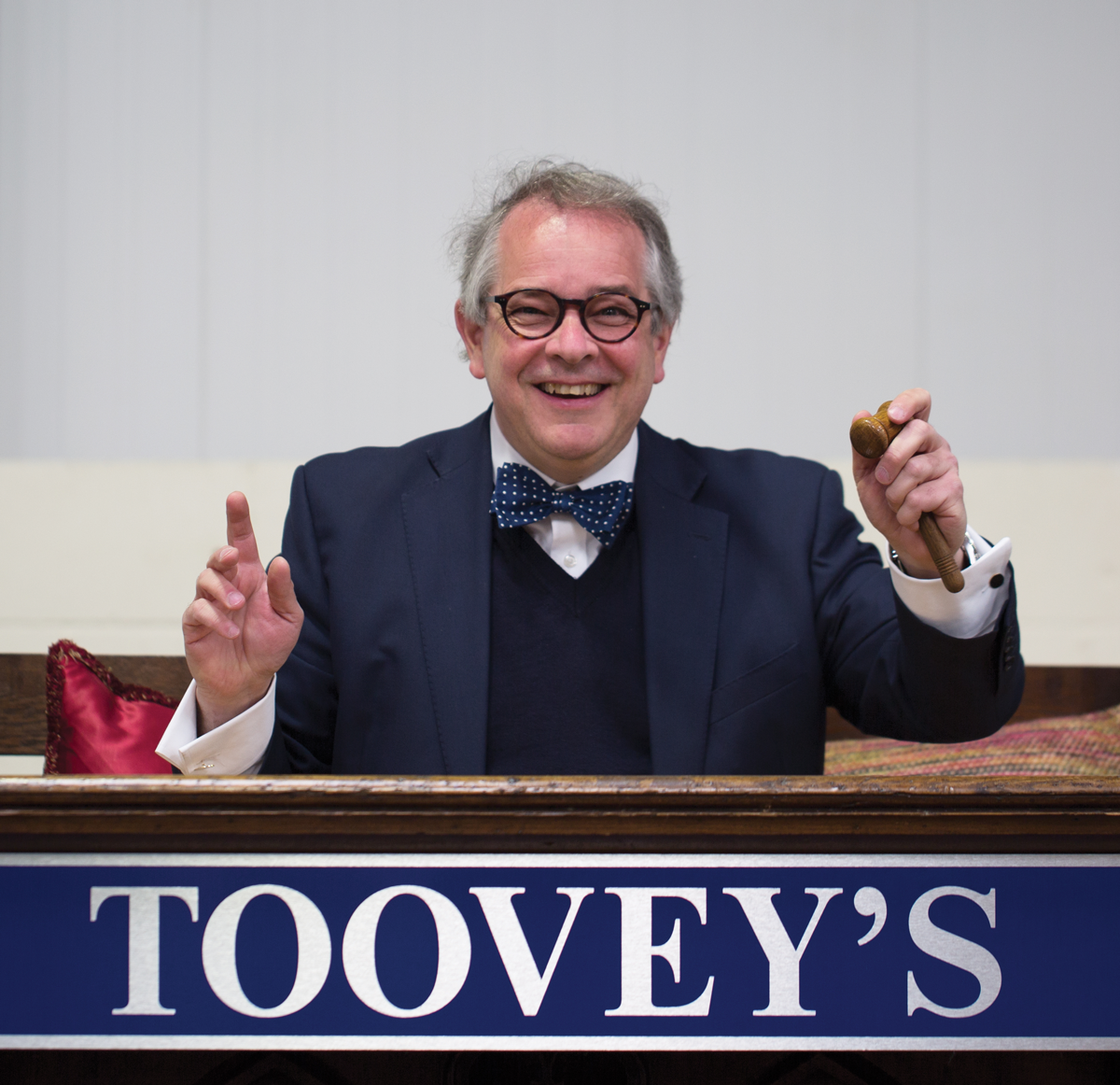
I will never forget the first auction I ever attended. It was the mid-1980s and with Margaret Thatcher reinventing the nation’s economy there was considerable unemployment especially amongst graduates. Against this backdrop I had turned down my place to read history at Sussex with no real idea of what I was going to do. Mum and Dad had packed me off to see my Grandpa. I remember the conversation like it was yesterday. We sat at his George V oak dining table as the light from his town garden lit up the bees-waxed surface.
“So Rupert what are you going to do?” he said. “I have no idea.” I replied. “Well it seems to me you have three choices. You love people, you love art and history, and you’ll have to own a sense of theatre. You can be an actor, an auctioneer or a vicar!” I paused to think for a moment, as the eldest of five I didn’t think I could really put my parents through the drama of acting. I knew what vicaring was but auctioneering? “What’s auctioneering?” I found myself saying. “Let’s go and see, there’s a sale on today, come on.” Grandpa responded.
It was a crisp spring morning, bright with a nip in the air as we walked through the Morth Gardens onto Horsham’s beautiful Causeway, past the Horsham Museum and Old Town Hall and into the Carfax. In those days cars still circled through the town. We dodged the traffic by the King’s Head as we crossed the road. The alley way between the pub and the newsagent was cast in shadow. As we walked up past the saleroom office we could hear the rise and fall of the auctioneer’s voice and crack of his gavel. We were greeted by a huge pea green door hung on rusty sliding hinges with a smaller door cut into it. We pulled hard on the smaller door and it swung open. The crowd was gathered amongst the furniture around a towering oak rostrum. The light came from a window set high above in the wall like an artist’s studio bathing the audience in a warm light and causing the medullary rays in the oak to shimmer. The auctioneer, Jack Ash, who would later teach me to sell, had worked at Churchman Burts in Steyning and sold livestock as well as antiques before the war. His voice filled with excitement called the bidding increments at great speed “£220, 20, 20, 40 now, £240 any advance £240?” as the gavel fell.
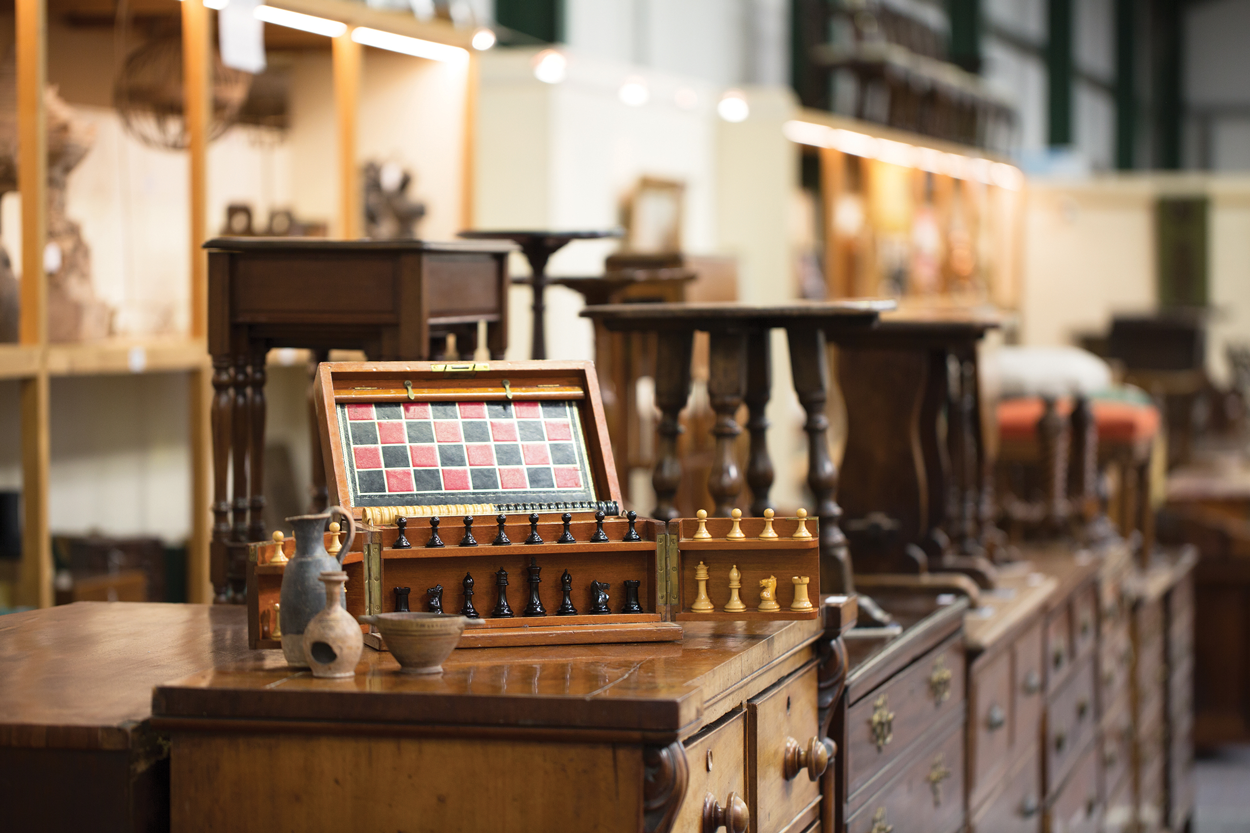
Beautiful things, wonderful people and the theatre of a sale day, I was captivated. That thrill of a sale day, the theatre, the people and the objects has never left me which is why I am so delighted to see the salerooms beautifully laid out and to once again and be able to welcome people by appointment to Toovey’s specialist auctions over the coming weeks – many of the sales catalogues are online already.
Looking back it’s fascinating to reflect how much Horsham and our county has changed. An actor, an auctioneer and a vicar – I have certainly fulfilled the last two of Grandpa’s suggestions and perhaps with the theatre of the sale day all three. So exciting!
